Biology

Biology
WHITE CORAL
In the period between 2002 and 2014, catamaran DAEDALUS with the aid of its remotely operated underwater vehicles PLUTO and PLUTO PALLA explored the depths of the Gulf of Asinara, sailing up the Tyrrhenian Sea between Corsica and the Tuscan Islands all the way up into the Ligurian Sea.
It was only recently, in 2011, that in these seas she come across the so called live “white coral”.
The designation includes three different cohabiting species:
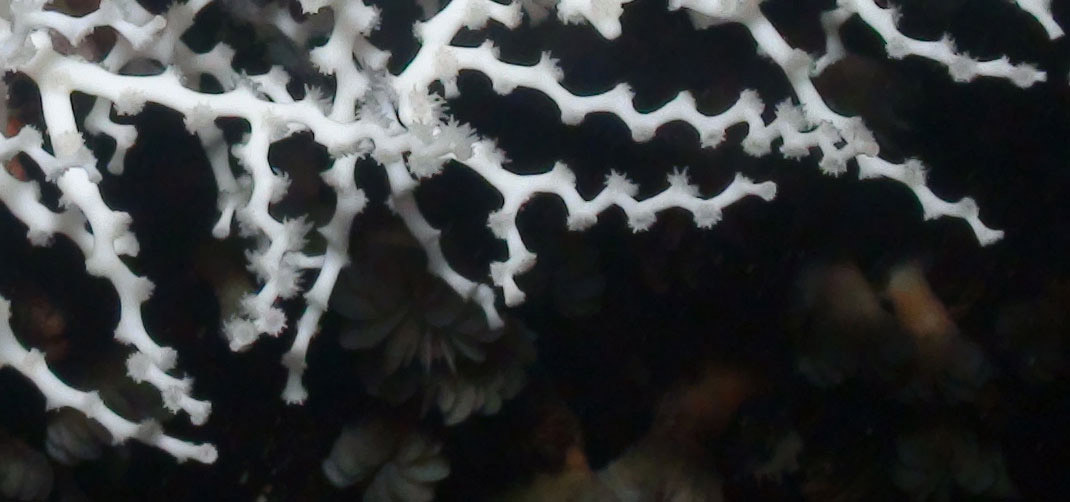
Madrepora oculata
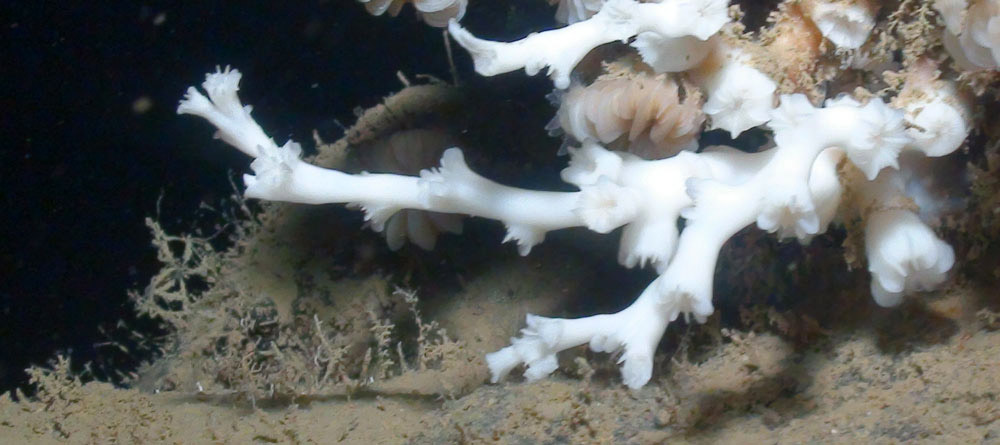
Lophelia pertusa
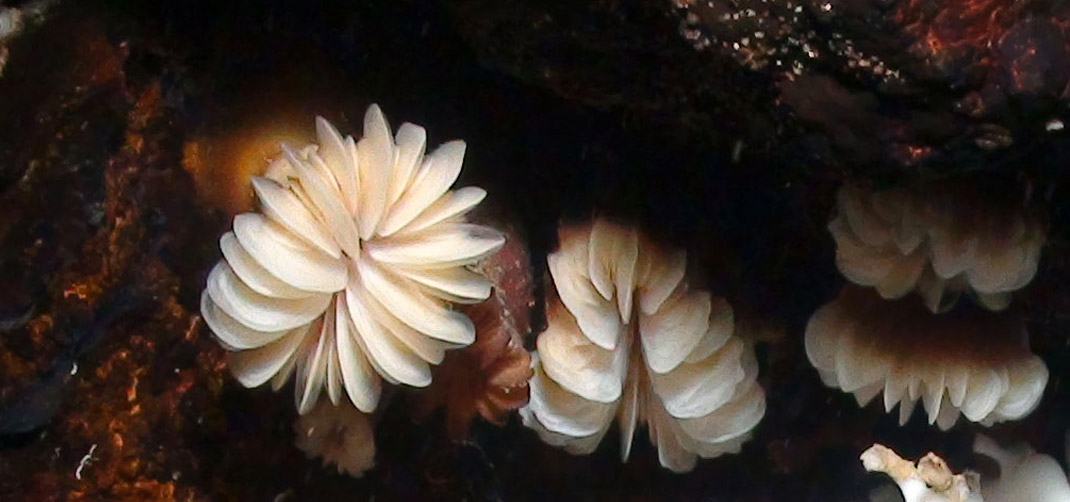
Desmophyllum dianthus
The presence of white coral in its fossilization phase was well known, but never had it been seen in its live form.
Our first finding occurred in 2011 at approximately 3 miles south of Bergeggi, Noli and Spotorno, on the West coast of the Ligurian Sea, during the inspection of the Transylvania shipwreck, (see MODERN WRECKS) at a depth of 620 m. An area subject to general sea current circulation running along the Mediterranean coast to the West.
These organisms, prefer environment subject to sea currents, and have been found in abundance on the rocky banks South of Santa Maria di Leuca, an area touched by the Otranto channel currents. Unlike elsewhere, in Bergeggi, the particular circumstances, allowed for the growth of the coral on the shipwreck far above the sea floor where they are typically found. No sign of coral was found on the surrounding rocky areas.
In 2013, PLUTO PALLA, observed some white coral growing on modern shipwrecks (dating back to the first and second world wars) in the area between Bastia and the Capraia Island at depth ranging between 400 and 500 meters.
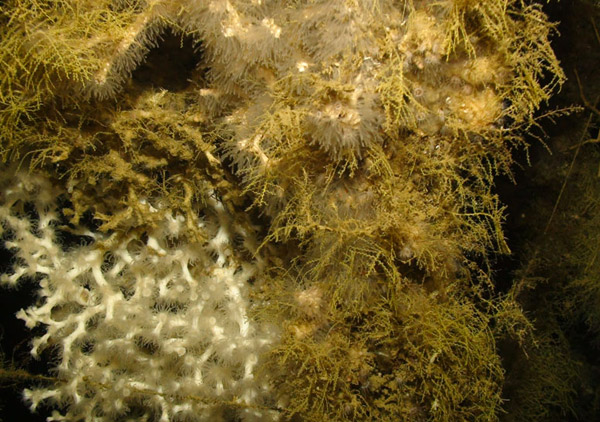
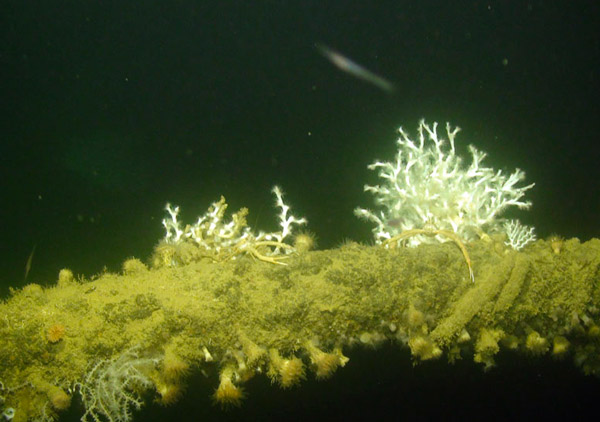
In the same area no presence of white coral was observed on the rocks or on the numerous Roman amphorae discovered (we hypothesize that passages of bottom trawls impede the slow growth).
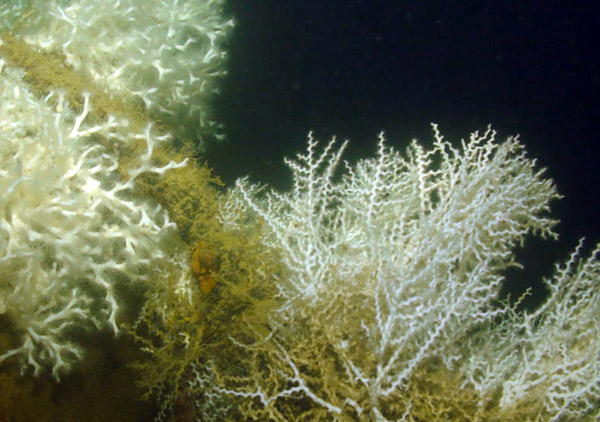
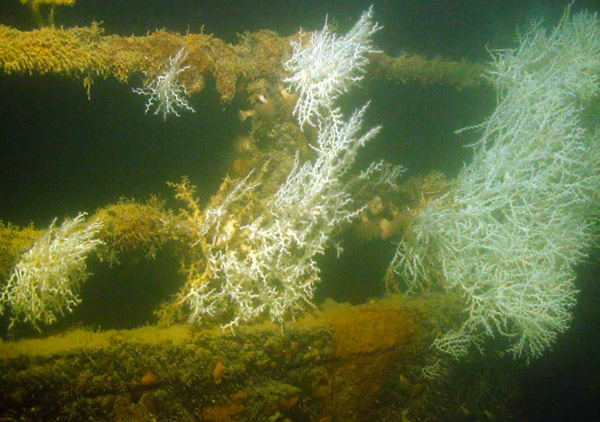
Scientific note from the white coral specialist (further reading in italian)
Doctor Agostina V. Vertino
University of Milan Bicocca
Department of Earth and Environmental Sciences
DEEP ENCOUNTRES
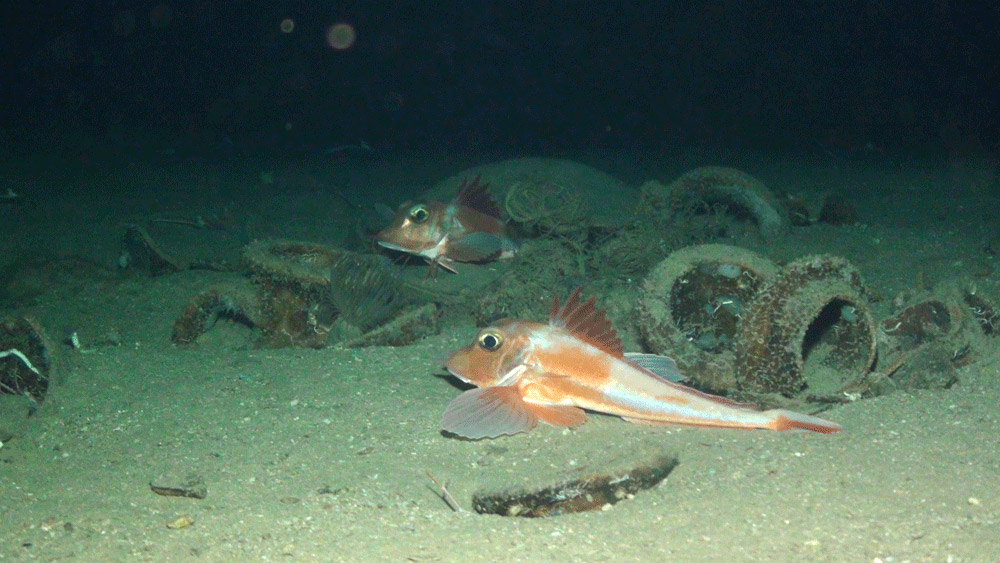
Trigla lyra -420 m
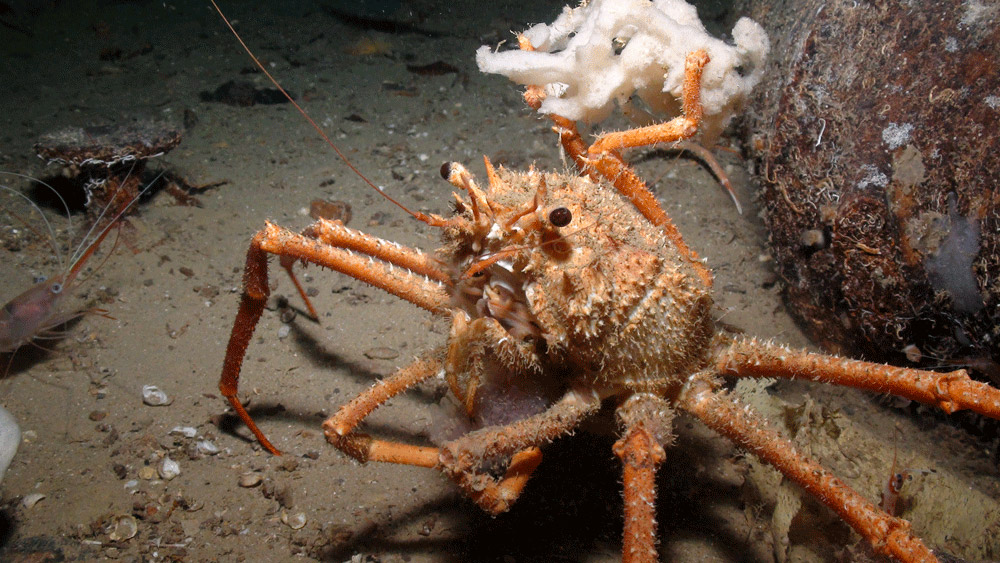
Paromola cuvieri -450 m
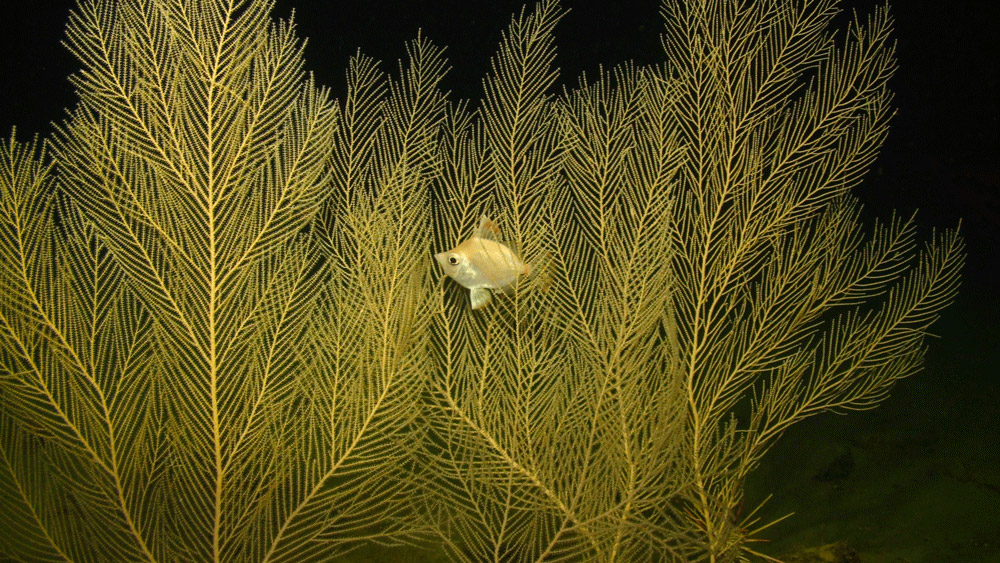
Capros aper fra rami di Callogorgia verticillata -480 m
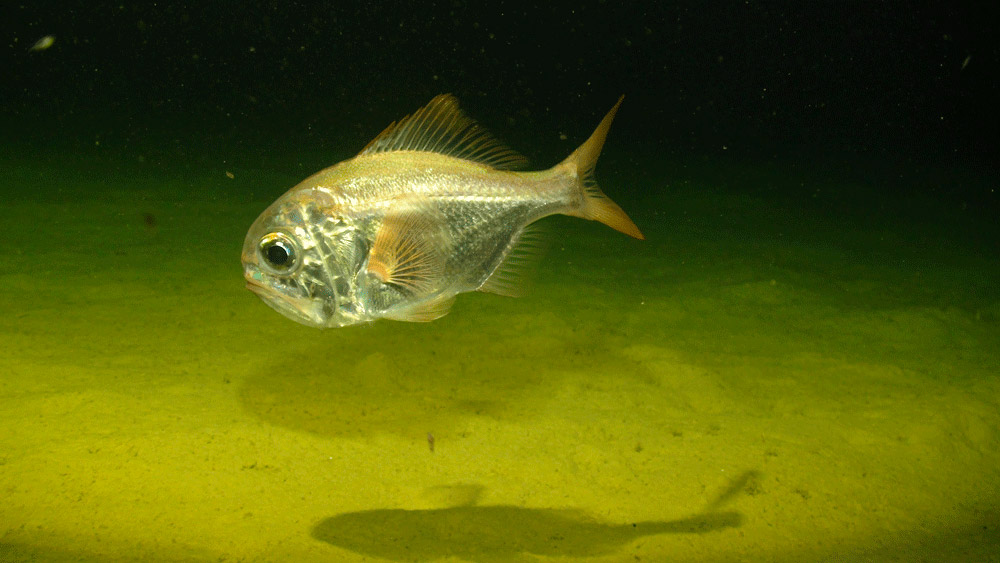
Hoplostethus mediterraneus -720 m
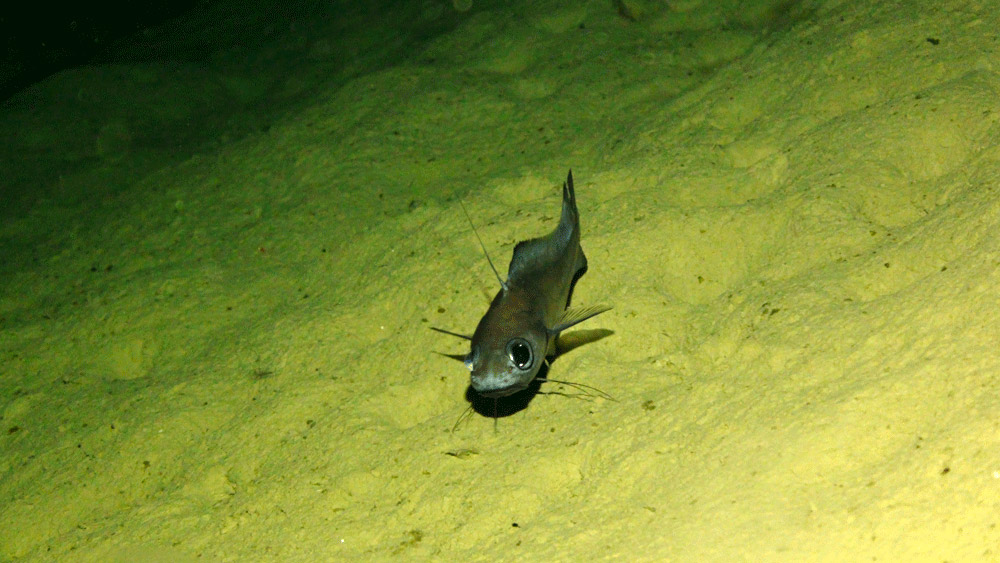
Phycis blennoides -1190 m
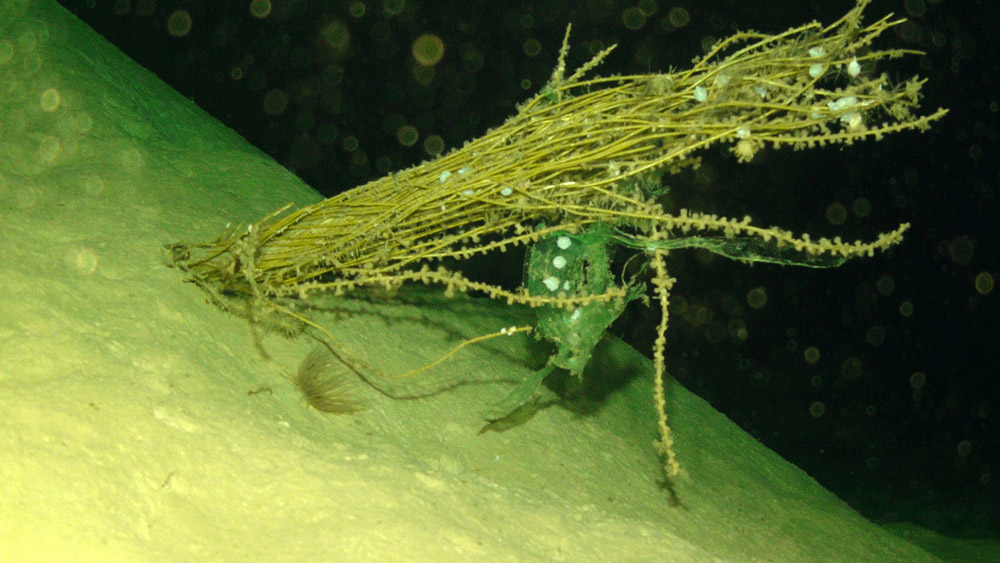
Hepizoanthus sp -1195 m
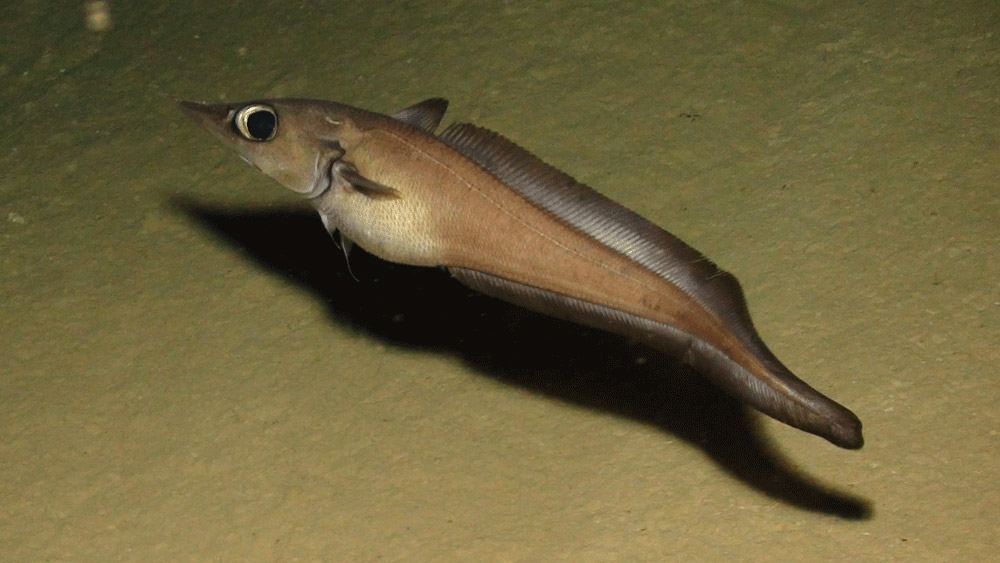
Trachyrhynchus trachyrhynchus -1205 m
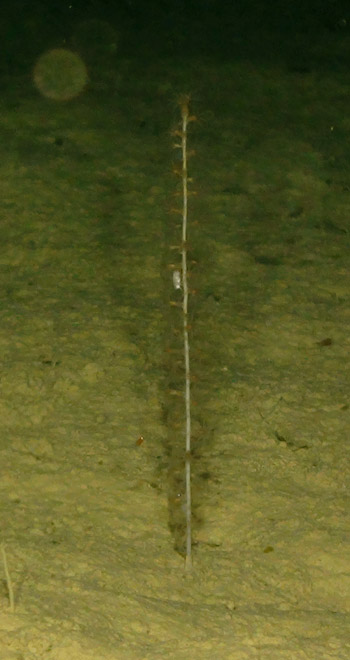
Isidella elongata -1209 m
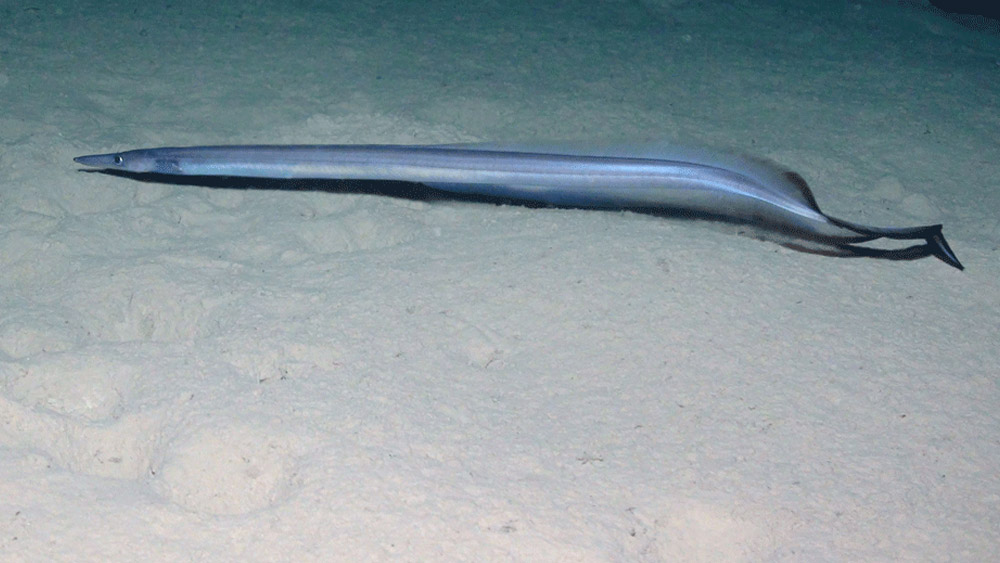
Facciolella oxyrhincha -1210 m
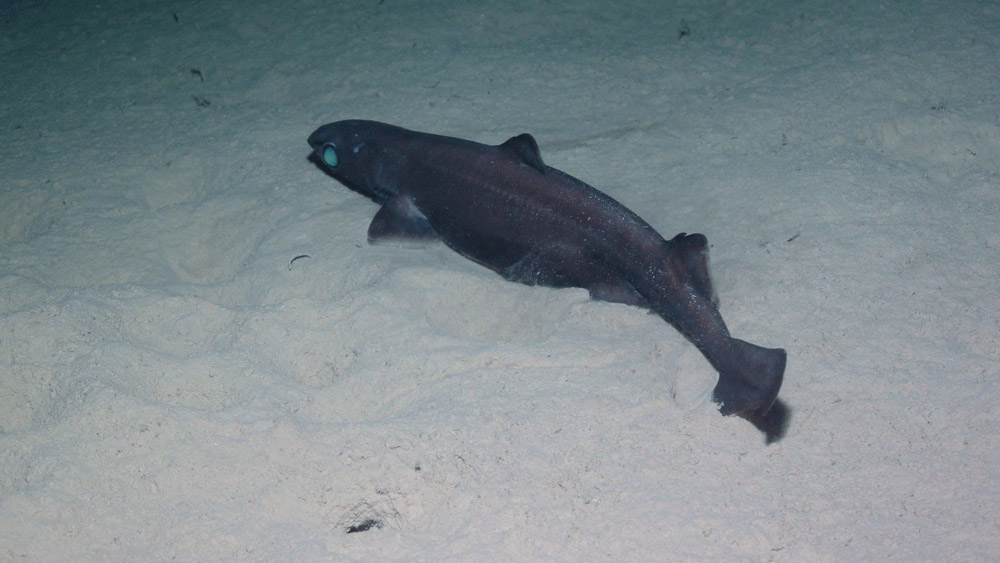
Etmopterus spinax -1220 m
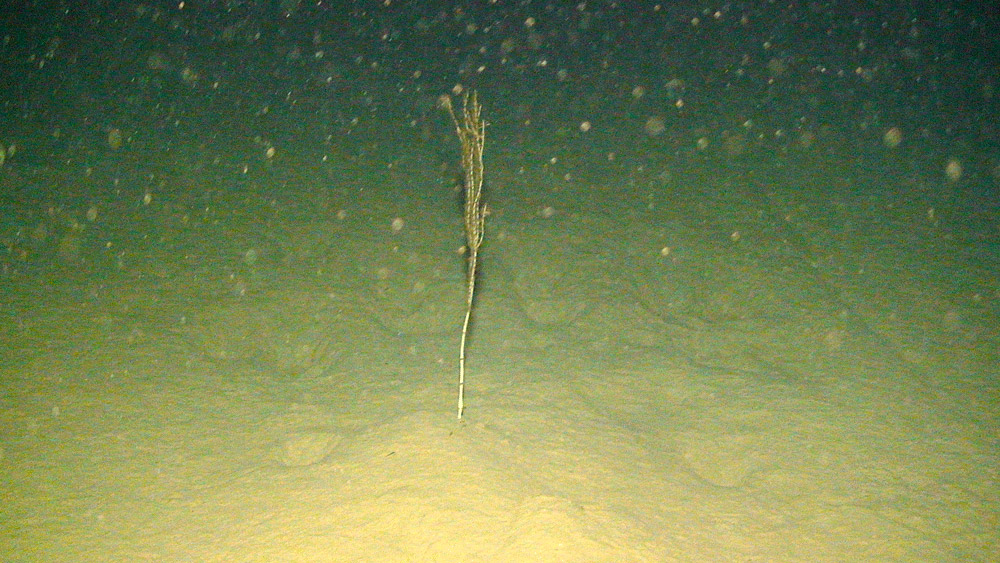
Isidella elongata -1300 m
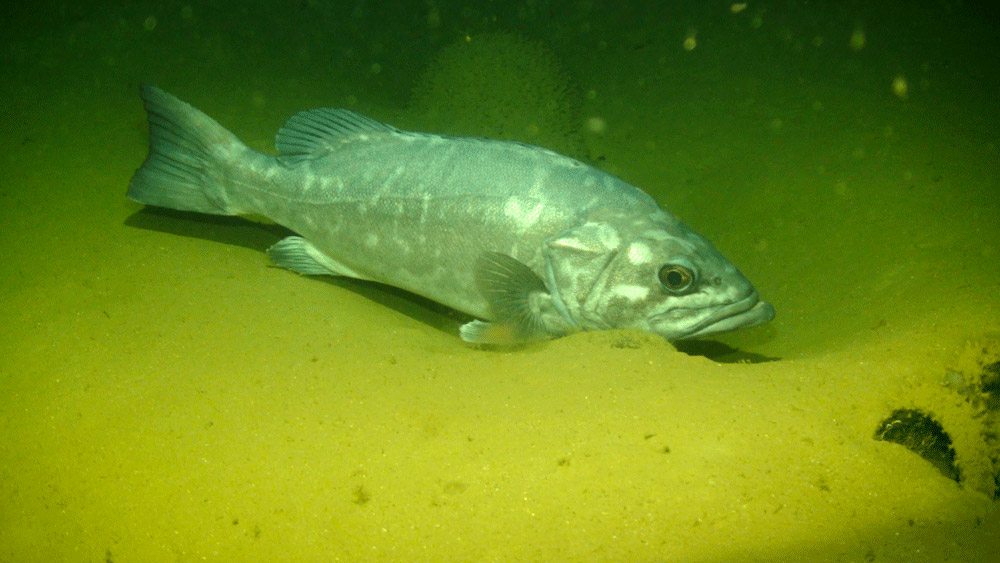
Polyprion americanus -480 m
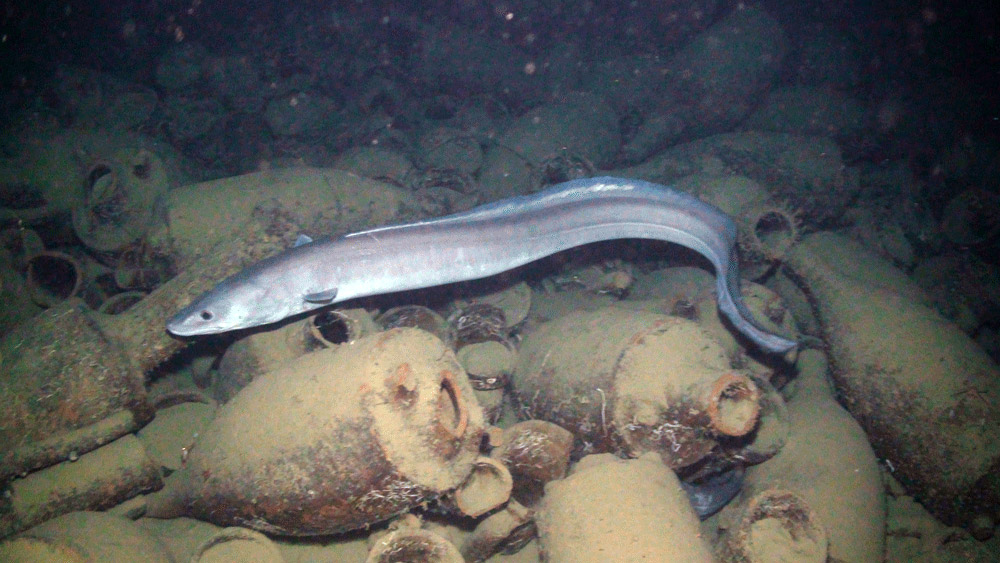
Conger conger -400 m
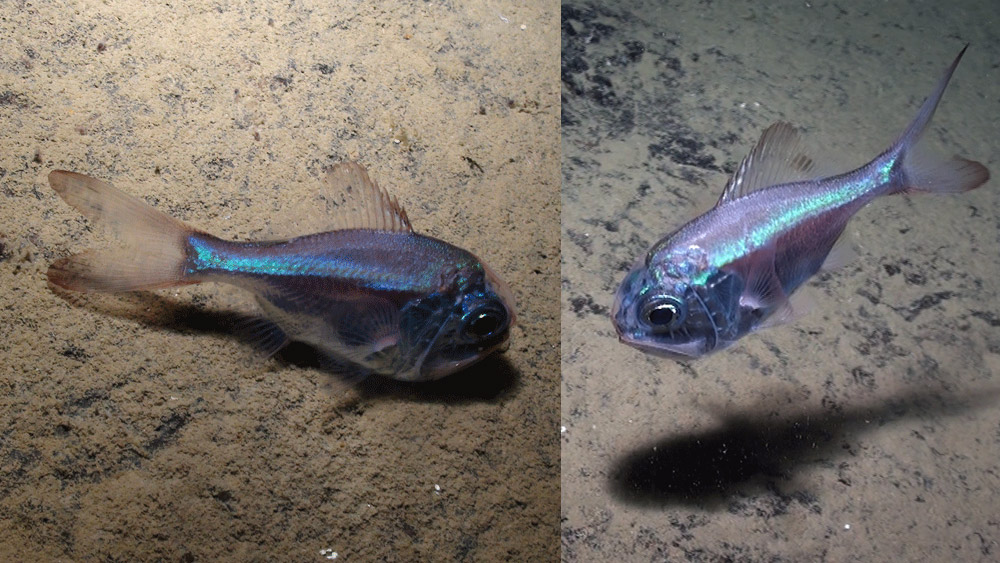
Hoplostethus mediterraneus Monte Marsili -550 m
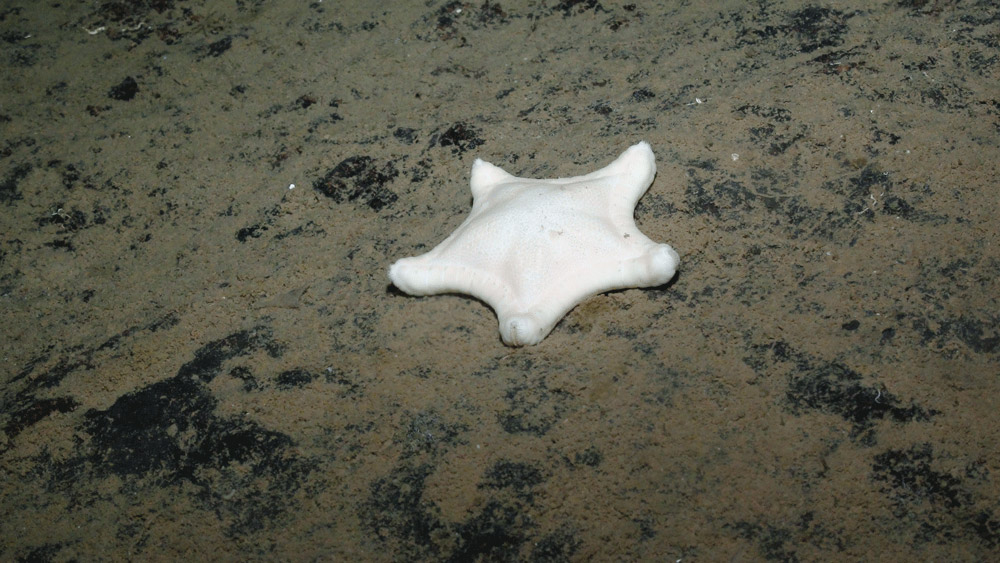
Ceramaster sp. Monte Marsili -610 m
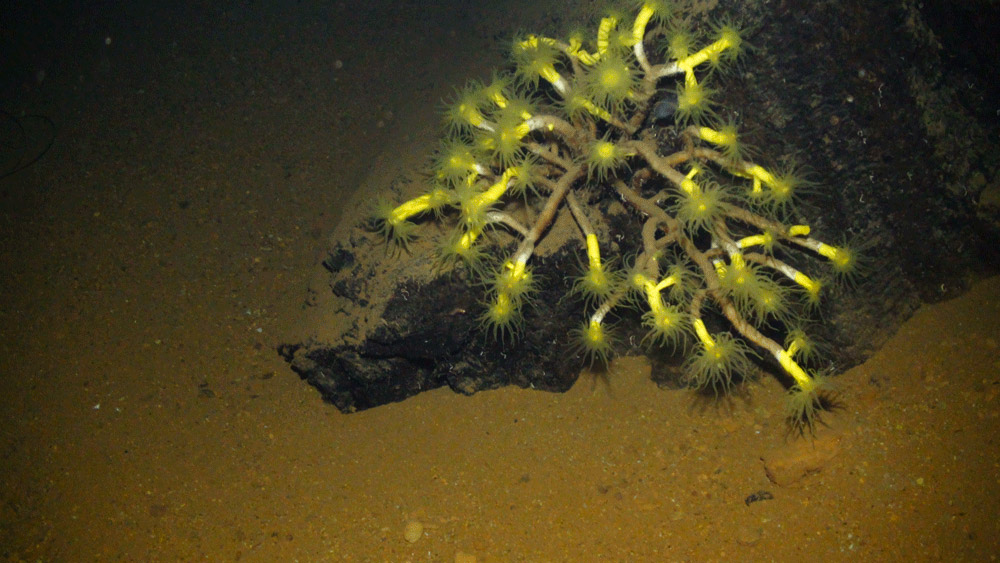
Dendrophyllia cornigera Monte Marsili -650 m
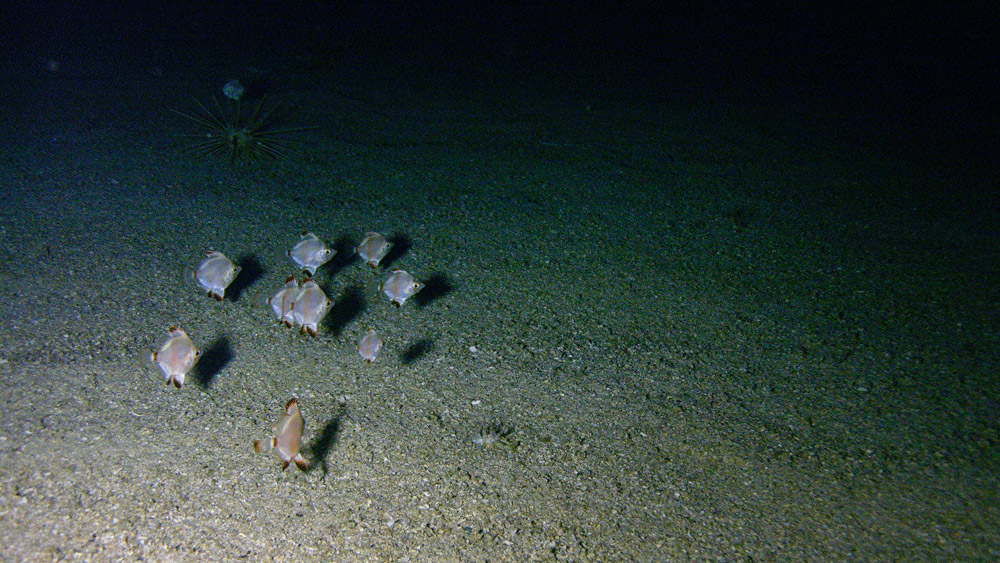
Capros aper Monte Vercelli
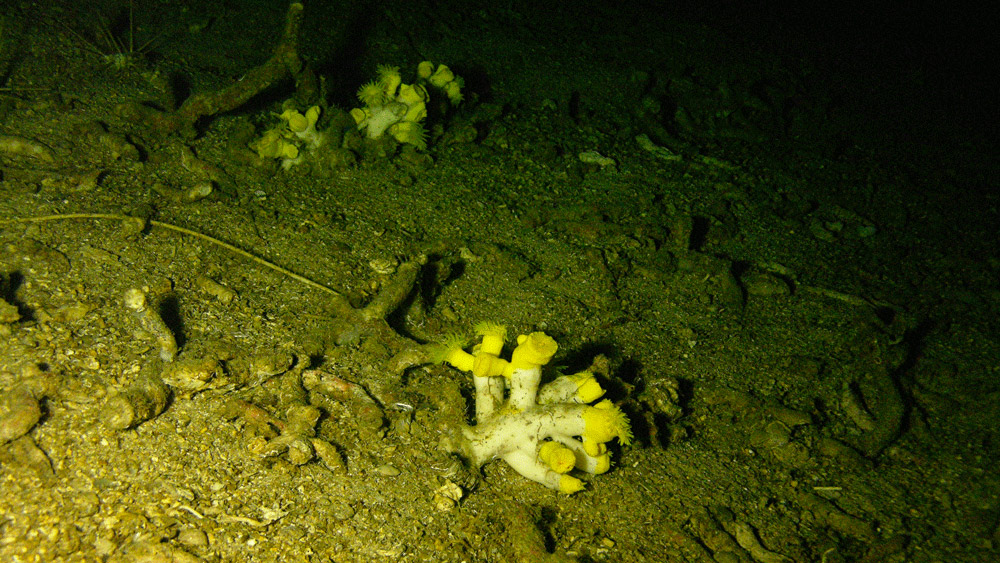
Dendrophyllia cornigera Monte Vercelli –270 m
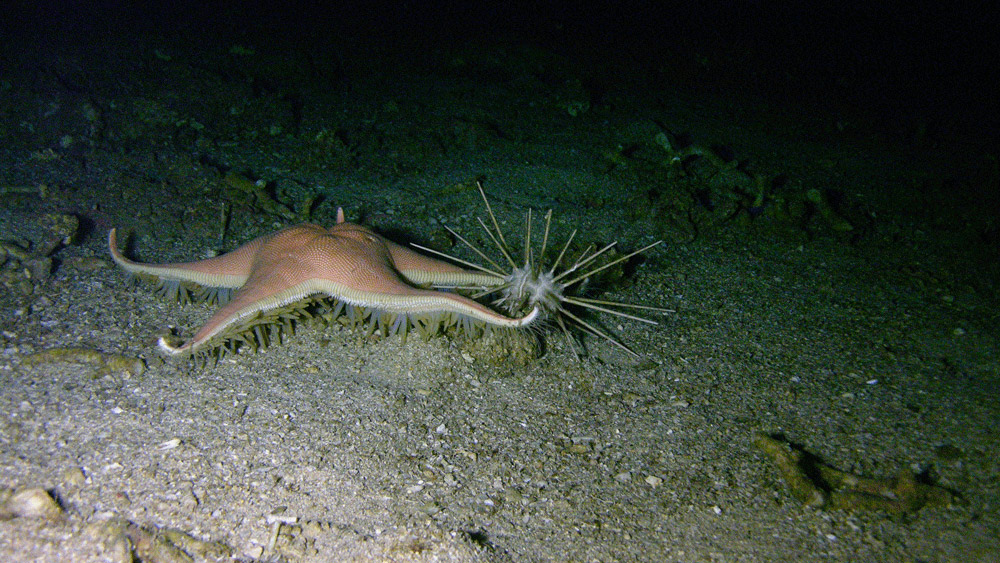
Tethyaster subinermis Monte Vercelli –370 m
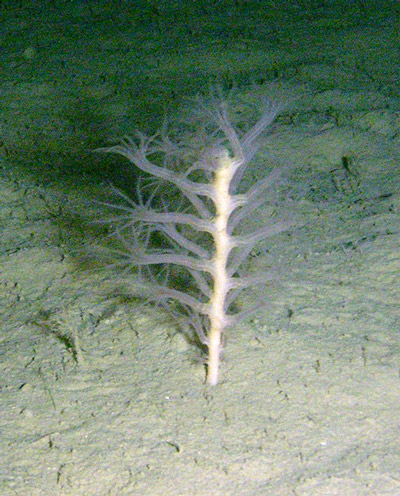
Kophobelemnon stelliferum Monte Vercelli -400 m
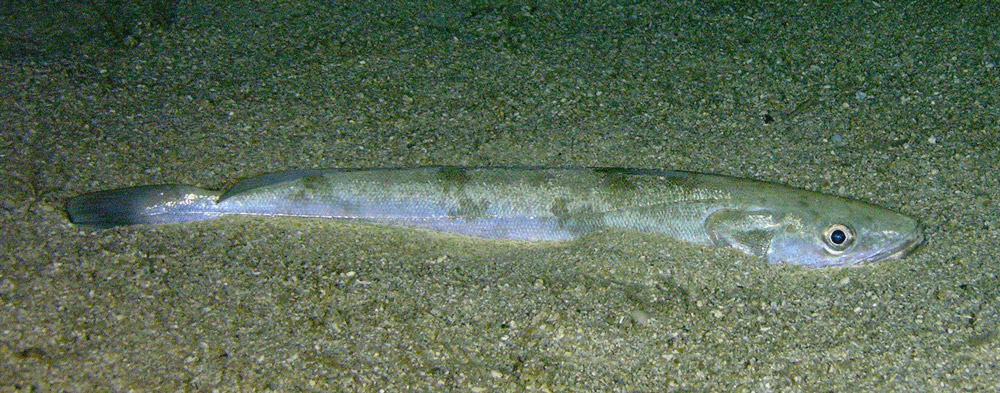
Merlucius merlucius Monte Marsili -550 m
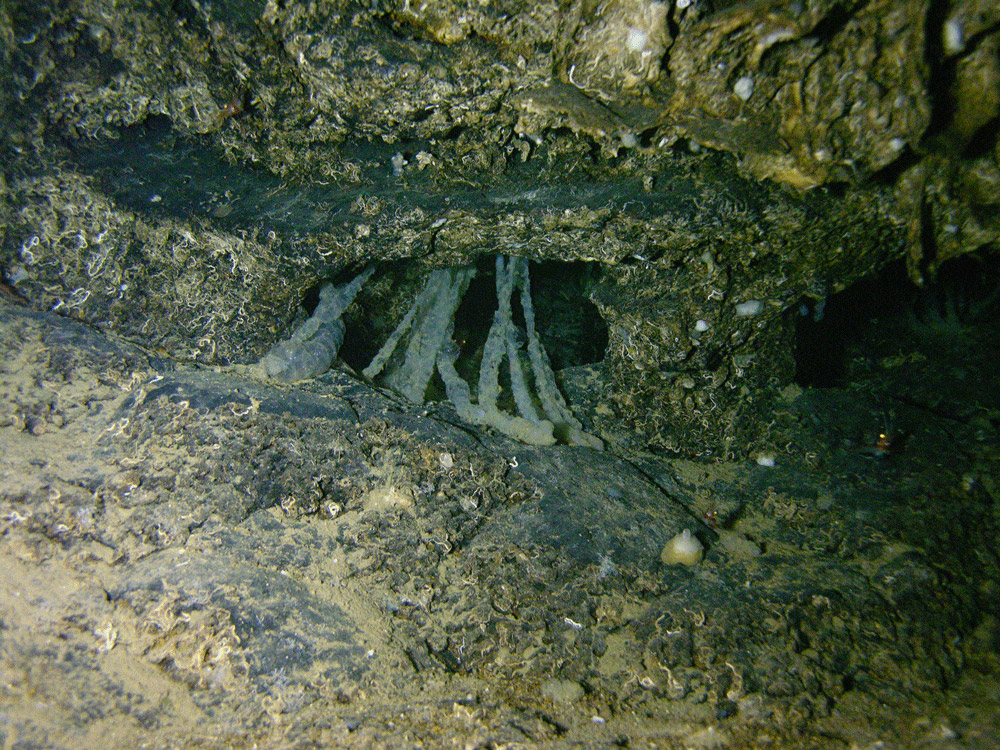
uova di cefalopode Monte Vercelli - 300 m
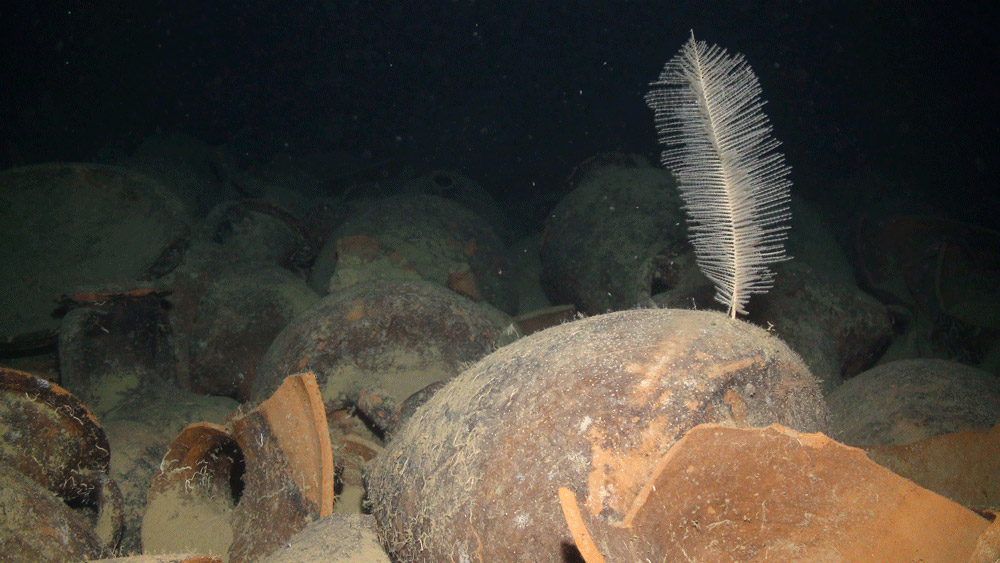
Parantipathes larix -400 m
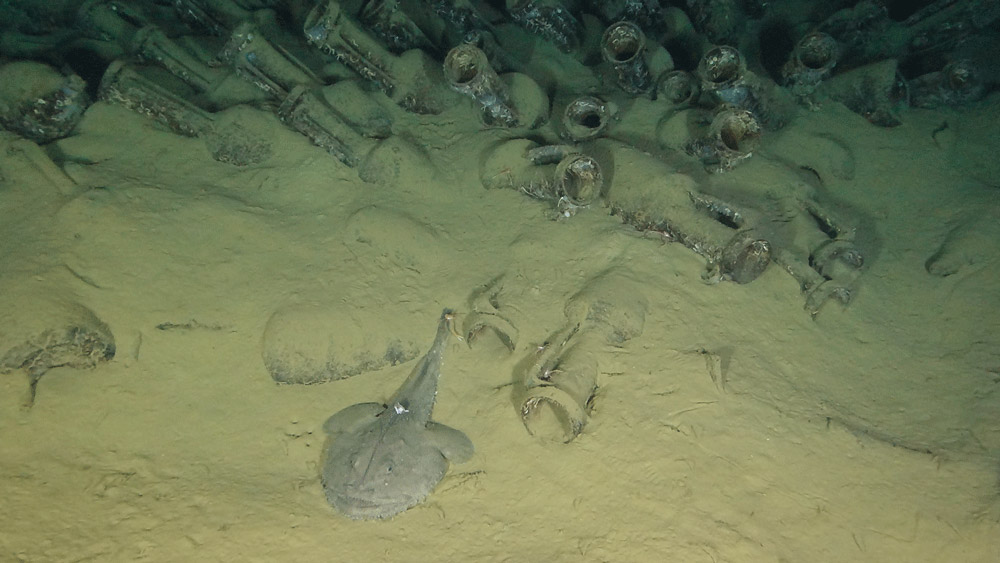
Lophius sp. -640 m
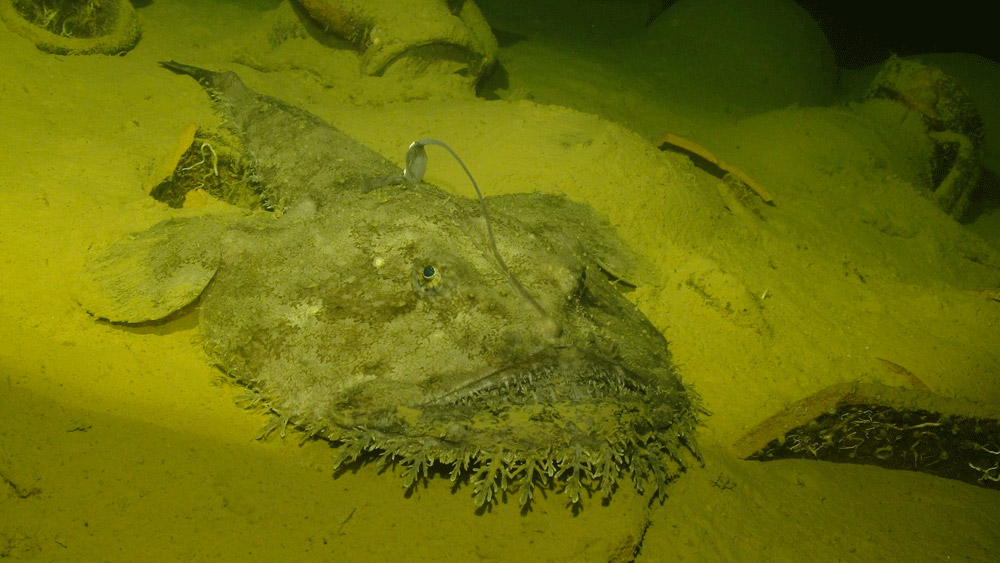
Lophius sp. -720 m
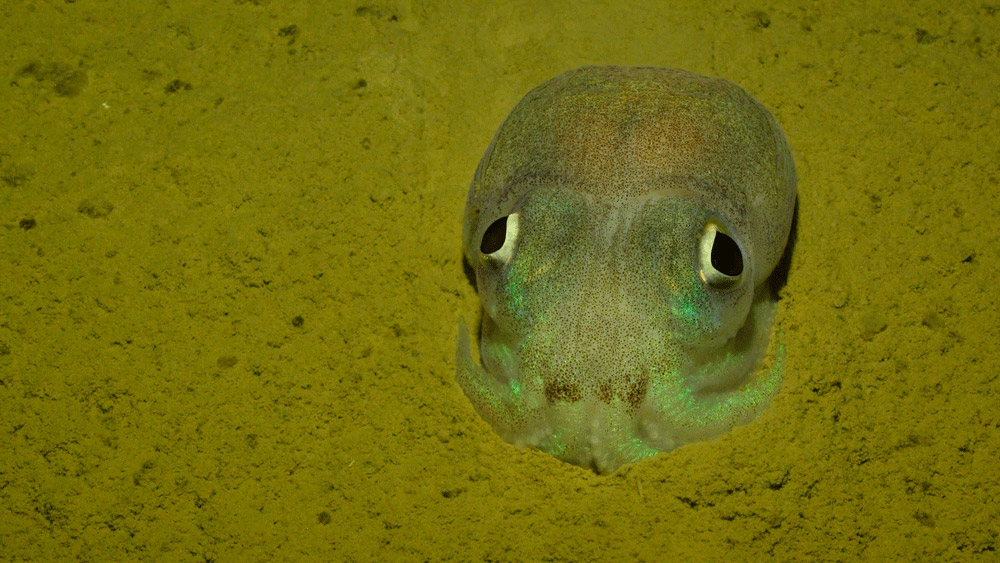
Seppia -1190 m
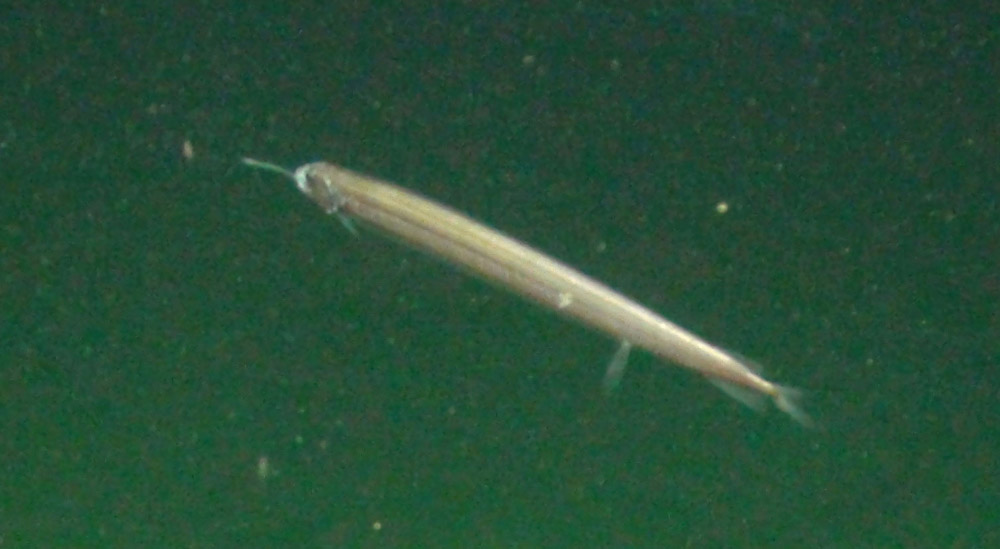
Stomias boa -720 m
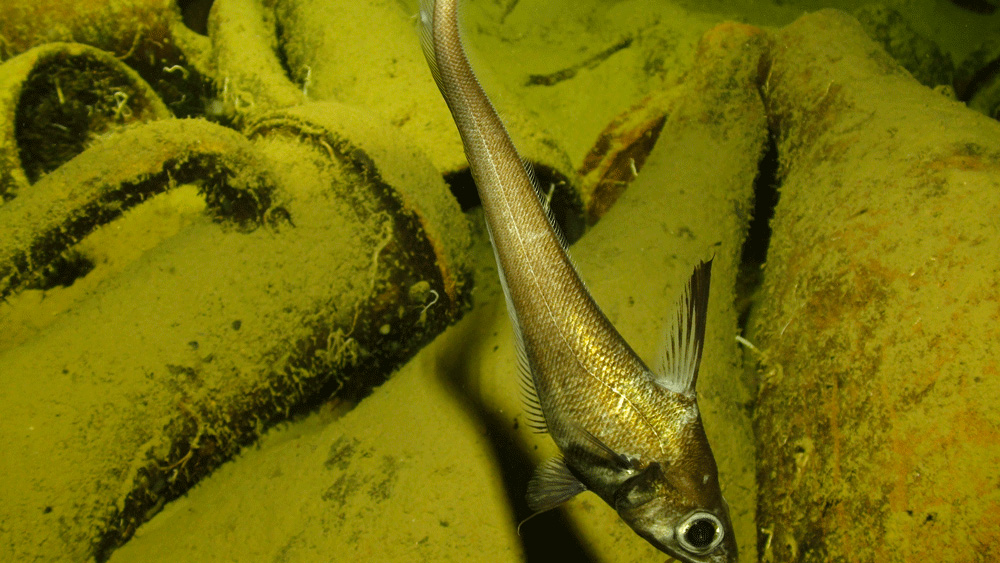
Coelorinchus coelorhincus -710 m
Read also GEOLOGY

